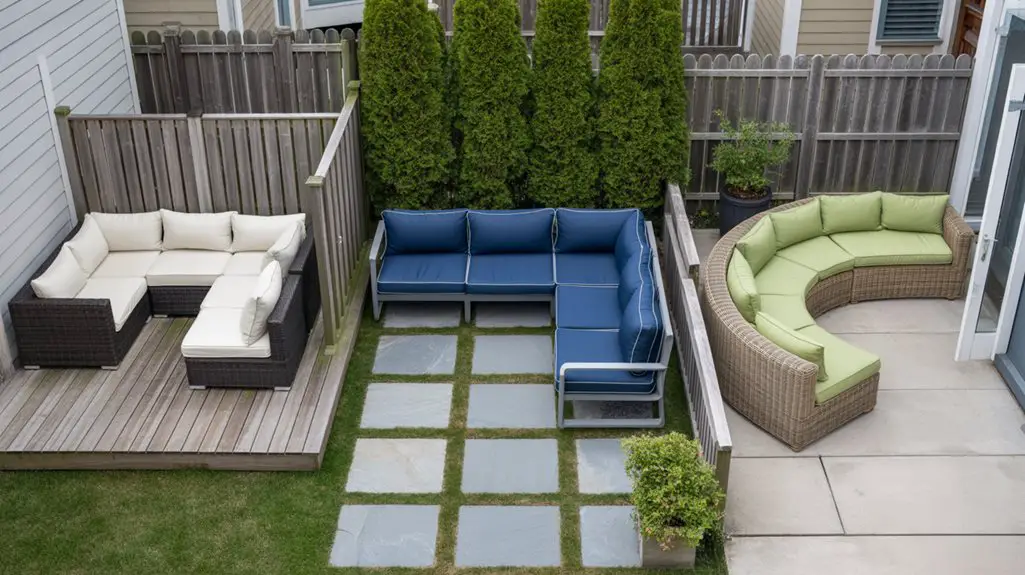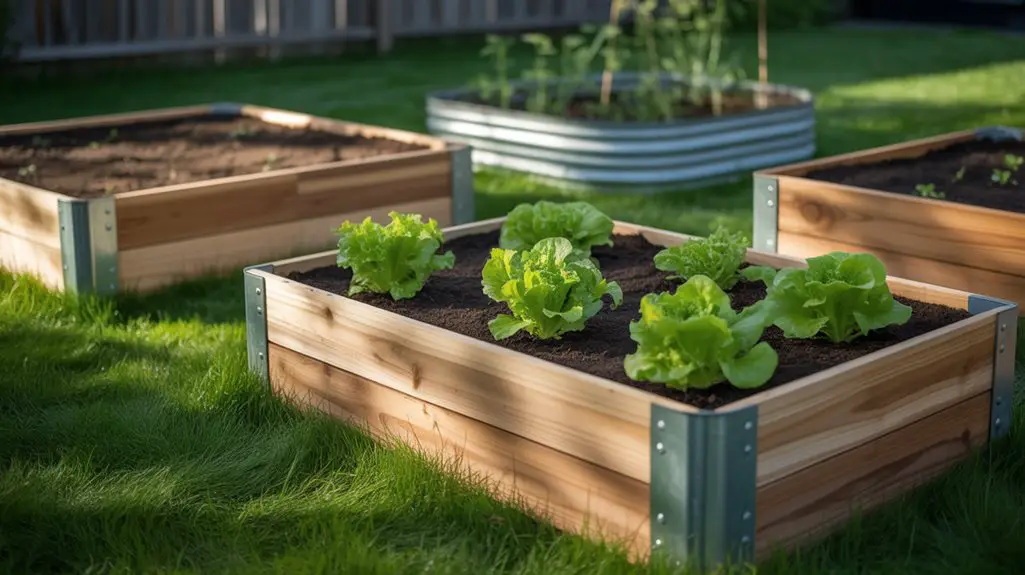To build a DIY tube slide, you will need to use a large PVC pipe, which you can buy at the store, or reuse one in case you have it. You will also need various materials including a drill, bolts, washers, screws, a T-hammer, among others. You can then follow simple steps to put everything together.
Consider making your own DIY tube slide if your children are interested in having their own slide at home but you are concerned about the cost. Building a DIY Tube slide is not rocket science.
Actually, it might be easier and more fun than you think. In this article, I will guide you on how to build and install a DIY tube slide in eight easy steps.
How to Build a DIY Tube Slide
I’m sure your kids will love this slide, let’s get started!
What Do You Need to Build a DIY Tube Slide?
To build a DIY Tube Slide, the most important material you need is the means to the tube. In this DIY slide tube project, you will need the following materials, among others, and apparatus to make a 30 inch, 9 part Tube Slide;
- Flat washers
- Bolts
- Washers,
- Screws
- Mod sidelight
- A drill
- A T-Hammer
- Pan bolts
We are assuming you bought a PVC pipe designed for tube slides.
Step 1: Seam Assembly
Take the two entrance section pieces and arrange them in a straight line across the table.
Assemble the entrance bracket and attach it to the left edge seam, followed by two flat washers and a lock nut to complete the installation.
Step 2: Elbow Section Assembly
Align the short sides of the two elbow portion pieces so that they are parallel to one another. To complete this portion, you will require nine sets of bolts, washers, and nuts.
This procedure should be repeated to make and secure the remaining three elbow parts. Once the bolts are in place, make sure you tighten them all the way.
Step 3: Assembling the Exit Section
Connect the two ends of the exit portion with the provided screws and bolts. To connect the parts at each junction hole, use nine sets of bolts, washers, and nuts to fasten them together.
After inserting the elbow support bracket between the section pieces on the bottom edge of the top seam, tighten the bolts on the last two fixtures to hold it in place and secure it.
To properly build the slide now that all of the Sections have been assembled, we’ll need to attach the sections in a specific manner.
Step 4: The Climbing Frame
Insert a cell into the bottom of the larger aperture by placing it first on top of it and then lowering it.
Attach the mod sidelight to the end wall from the inside using four trust screws, then position it into the narrow opening on the end wall and attach it to the wall using trust screws on all four sides of the mod sidelight.
Step 5: Installation of Slide Elbows
Align the holes in the sliding elbows by bringing their edges together and moving them together. Attach with a pan bolt and a lock nut through each of the holes. Make certain that the lock nut is on the side with the octagonal aperture before tightening it further.
Repeat the process to complete the assembly of the slide elbow section, using a total of eight pan bolts to complete the assembly of three further elbow sections in the same manner as the first three.
TIP: If the edges of the slide pieces don’t quite match up, laying them out in the sun for a few minutes will help to make them more malleable and easier to match up afterward.
Step 6: Flange Assembly
Afterward, join the extended flanges RT and LT together so that their holes line up and link them together with nine pan bolts and locknuts to complete the installation process.
Ensure that the lock nuts are on the side with the octagonal opening and that the pan bolts are on the side having the circular recessed hole once more.
Then, using eight pan bolts, secure the slide exit top to the remaining slide elbow on the slide. This will result in the creation of the elbow exit assembly.
The flange assembly should be carefully placed in the top opening on the end wall of the fort with the aid of others. Check to see that it fits tightly into the aperture.
Then, starting from the inside, pre-drill pilot holes through the four holes along the bottom edge of the flange assembly’s bottom edge. A minimum of one inch should be drilled into the holes.
Four pan screws with screw bezels are used to attach the bottom edge of the flange assembly to the fortification. Attach the top edge of the flange assembly to the fort using four additional pan screws with screw bezels.
Installing the flange assembly on both sides of the fort is accomplished by using five pan screws, one for each side of the flange assembly, and finally by inserting the SL gusset under the flange assembly on its outside.
Over the lower opening, make sure the top of the SL sneered is flush with the board’s top. Then, using two pan screws, fasten the SL gusset to the bottom of the flange assembly to complete the installation.
Pre-drill a hole through the SL gusset’s four ends, and then use a wafer lag to attach it to the fort using the pre-drilled hole. If necessary, use some assistance to align one end of an elbow assembly against the aperture in flange assembly.
Step 7: Installing the Elbow Assembly
Place a slide clamp ring over the top of the elbow assembly after rotating it until the arrows are aligned. Using three pan bolts, attach the slide clamp ring to the assembled components, and then position another slide clamp ring underneath the assembled assemblies.
Three pan bolts are required to hold it in place. Use the quadrats driver to align the holes where necessary, and then link the slide clamp rings together with a pan bolt at each end to form a complete assembly.
If the clamp rings are too far apart, a longer bolt can be used to join them together.
Once the components are securely fastened, remove the longer bolt and replace it with the appropriate one. As soon as you are certain that the assemblies are properly aligned, tighten all of the bolts.
Using the same method, assemble the second elbow assembly, paying attention to the arrow alignment. In the hole along the edge of the t NR upright position, insert a T nut by hammering it in.
Place the t NR ground brace so that the holes in the two boards are aligned, and then connect them with a hex bolt to complete the installation.
Use a square to confirm that the boards are at a 90-degree angle, and then place a screw into the bottom hole to secure the boards together. Attach the two remaining elbow assemblies, and then position the end of the t NR brace assembly against the post just behind the slide on the fourth elbow assembly.
Remove the pan bolt that is closest to the fortification. Attach the bent end of the t NR tube support to the clamp ring with the pan bolt that was given, as well as the original lock nut, to complete the installation.
Step 8: Installation of Exit Elbow Assembly
After that, slide the elbow assembly’s flanged end into the short exit slots. Ascertain that the holes are lined before connecting the sliding sections with five pan bolts and tightening them down.
Place the exit end assembly against the last elbow component to complete the looping of the cable.
At any point during the assembly process, you’ll be using eight hex bolts and slide clamp rings on both the top and bottom. In the course of the slide assembly, the quad racks driver is particularly useful for making minor modifications to the alignment of slide parts and clamp rings.
You can use an object to temporarily elevate the base of the fort so that you’ll have more area to work when you’re attaching the exit on the slide. Once the exit elbow assembly is positioned properly, tighten all of the bolts and your slide construction is completed.
Final Thoughts
Making a DIY tube slide should not be difficult. Hopefully, this guide has given you some insights on how you build one yourself.
Follow these steps and your kids will be playing in their brand new slide in no time. If you want to take it one step more you can even add child safe paint to the slide to make it really stand out.
Please be careful and use at your own risk
None of the authors, contributors, administrators, or anyone else connected with BestPlaygroundSets, in any way whatsoever, can be responsible for your use of the information contained in or linked from these web pages.




